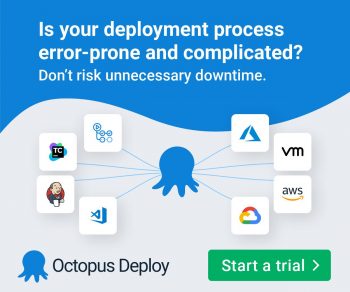A Guide To Understand Both Options, Figure Out The Similarities And Differences, And Evaluate What Your Company Needs.
Many organizations have chosen to focus their strategy towards compliance with data security best practices. The benefits are obvious: having adherence to regulatory requirements and while using it as a competitive edge, is a sound way to develop new contracts with customers that demand a higher level of the controls that could impact the integrity, availability, and confidentiality of their data.
One question that arises early on, and that you must answer as soon as possible is which compliance endeavor will deliver more value to business. Both SOC 2 and ISO 27001 come to mind, but the process of deciding which is the right choice in the context of your business requires an understanding of their objectives, similarities, differences, and even possible scenarios where they may complement one another.
Back to basics: Understanding SOC 2 and ISO 27001
Conceptually, both SOC 2 and ISO 27001 are information security oriented, but each standard approaches the topic differently.
Service Organization Controls (SOC) are a series of accounting standards that measure the control of financial information for a service organization. SOC 1 is primarily intended to review systems affecting financial reporting whereas SOC 2 covers operational control systems following a predefined Trust Services Principles and Criteria around security, availability, process integrity, privacy, and confidentiality.
SOC 2 reporting will assure your customers that what you say your organization has implemented to safeguard their data and information, is in place.
ISO 27001 is an information security standard that specifies the requirements for establishing, implementing, maintaining and continually improving an information security management system (ISMS) within the context of your organization.
According to ISO’s definition, an ISMS is a systematic approach to managing sensitive company information so that it remains secure. It includes people, processes, and IT systems by applying a risk management process. An ISMS policies and procedures cover all legal, physical and technical controls involved in an organization’s information risk management processes.
More similar than you may imagine
Compliance with each of the standards will require your organization to systematically address information security issues, using a risk-based approach to select proper controls for your company’s context and the desired scope.
Another similarity is the fact that both standards need an independent third party during the evaluation process. For ISO 27001, an external auditor will evaluate if you met the standard requirements, while in a SOC 2 report, an independent assessor is required to provide assurance on the controls in place to meet the trust services principle (TSP) criteria.
Since ISO 27001 certification and SOC 2 reports are internationally accepted, both appeal to companies with multiple country presences or trying to reach an international customer base. Being compliant with any of these standards means your organization’s top management committed to a higher level of information security, and this has been independently accessed or certified by an independent and competent third party.
SOC 2 and ISO 27001: Attestation vs. Certification
A fundamental difference between the two audits is that an attestation is not a certification. While the ISO 27001 process – assuming you did well during the external audit – will certify your organization, a SOC report is not a certification but rather an independent attestation, confirming certain elements about the control environment of a service organization.
Additionally, a SOC 2 Type 2 audit will contain the auditors’ opinion on how well the internal controls a service organization has put in place meet the criteria for security, availability, processing integrity, confidentiality and privacy trust services principles.
For each case, the result can be quite different. The final deliverable for the SOC 2 assessment is the attestation report, which as mentioned before, may contain the observations from the auditor in the form of an opinion letter. This includes a detailed description of key components of the organization’s system (infrastructure, software, people, procedures, and data), organizational-level procedures, the applicable trust services criteria, related control activities, tests performed by the service auditor and their outcomes.
The final deliverable for the ISO 27001 certification is a good looking certificate of registration from your certification body, which contains a certificate number, and scope statement which includes the statement of applicability and version number.
Which standard is better for my company?
To answer the opening question, deciding between selecting one of two prime, internationally recognized standards has to be answered by which delivers more value to your company. Since both ISO 27001 and SOC share a similar goal of improving the way your organization manages information security, one simple option is discussing the matter with your key clients: what they would prefer to see? Is an attestation more than enough to prove they are comfortable with your security controls or are they entitled to a seal of approval from an ISO approved certification body? For some industries, certification can be a legal or contractual requirement.
ISO 27001 and SOC 2 are both prime standards, but is one better than the other? It all depends on how well you understand your organization. Regulatory requirements, the market, your customers and even your competitors, all are aspects that need serious consideration before deciding your roadmap.
Since both standards align together very well, with many similarities and shared requirements, if you have the resources, the will and approval from top management, you absolutely can manage both projects simultaneously and be on the edge of security.
We recommend starting this journey with a gap assessment.












